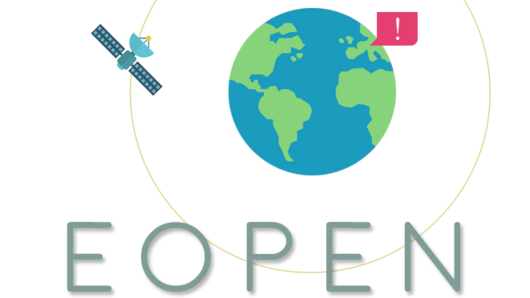High-Performance Computing Center Stuttgart

01. November 2017
-
30. October 2020
EU Horizon 2020
Although potential areas of application for Copernicus data are huge, these areas are not yet fully exploited, because processing of large data collections is challenging. Tremendous amounts of Earth observation data are becoming available on a daily basis through the Copernicus services. 55TBs of data are available through the Copernicus climate change service alone, and 1.4TBs of data are produced every day through the atmosphere monitoring service.
The platform will be evaluated based on the three distinct, and challenging case studies: flood risk monitoring, climate change monitoring, and food security.
HLRS provides its HPC and Big Data infrastructures, as well as contributing to ambitious data analytics tasks such as clustering of EO and non-EO data.
